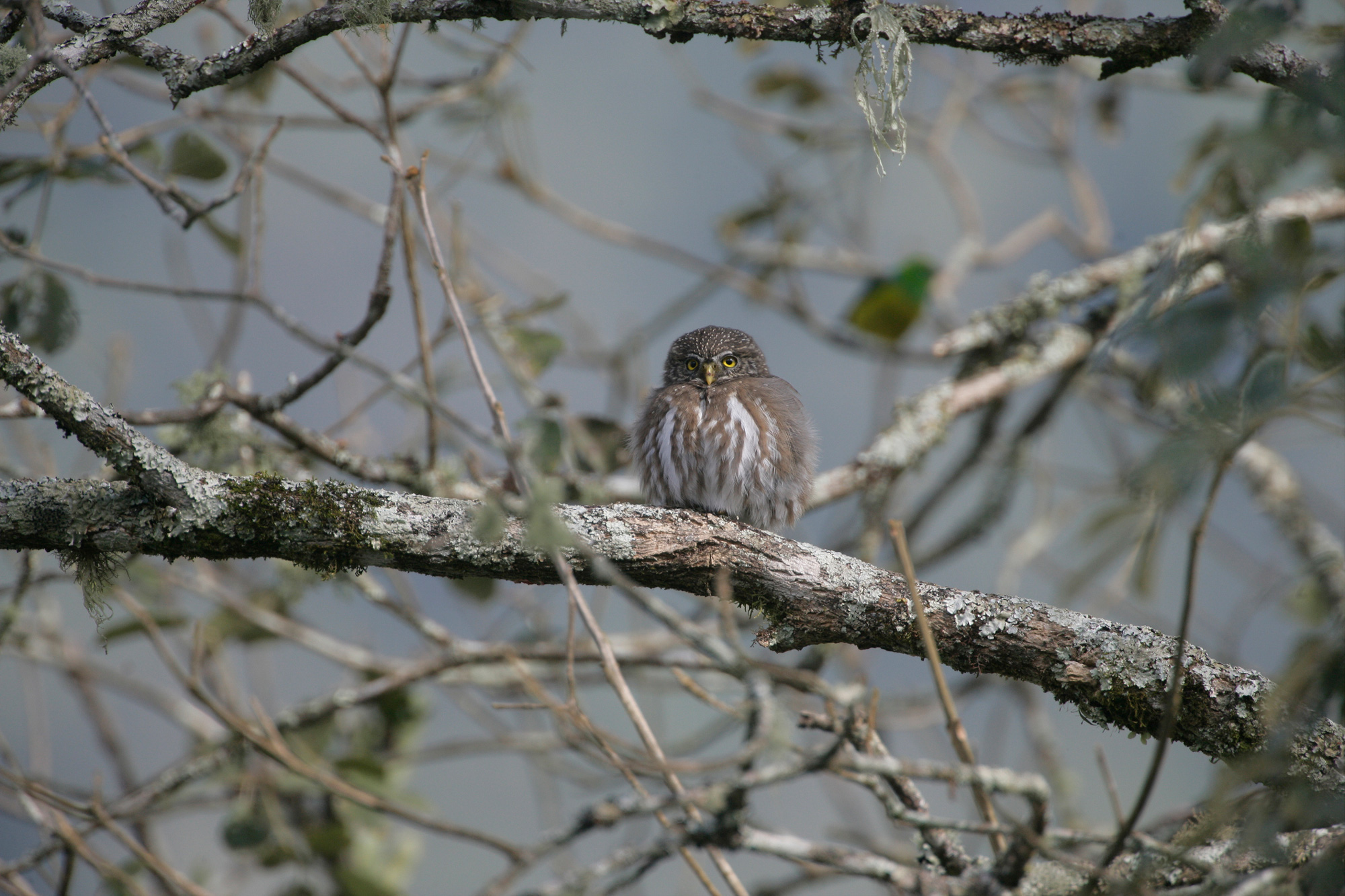In Tucson, Arizona, the listing of the cactus ferruginous pygmy owl under the Endangered Species Act (ESA), due to a lawsuit from astroturf groups, caused enormous delays in otherwise normal and legal activities. Such delays added $1 million to the building of a new public high school, even though the owl is relatively common in Mexico and only is rare in the northern-most extent of its range – the American Southwest.
Under the ESA, the designation of critical habitat for the owl had another unintended effect – land was developed up to one year earlier, according to a study. This is not surprising, given the act’s draconian penalties. There is “the distinct possibility the ESA is actually endangering, rather than protecting the species,” according to the study’s authors. By contrast, a more secure regulatory situation would lead to more planned, orderly development, which would be more environmentally beneficial. Ironically, after all this cost and damage, the owl was finally taken off the endangered species list because it was deemed not to merit protection. But true to form, the astroturf lawsuit mill groups continue to file lawsuits to get the owl back on the endangered species list, despite the bird’s very healthy population in Mexico.
True conservationists would spend their time, effort and money on conserving truly endangered species by working cooperatively and productively with landowners, municipalities, citizens, communities and state and federal governments instead of filing frivolous lawsuits.

